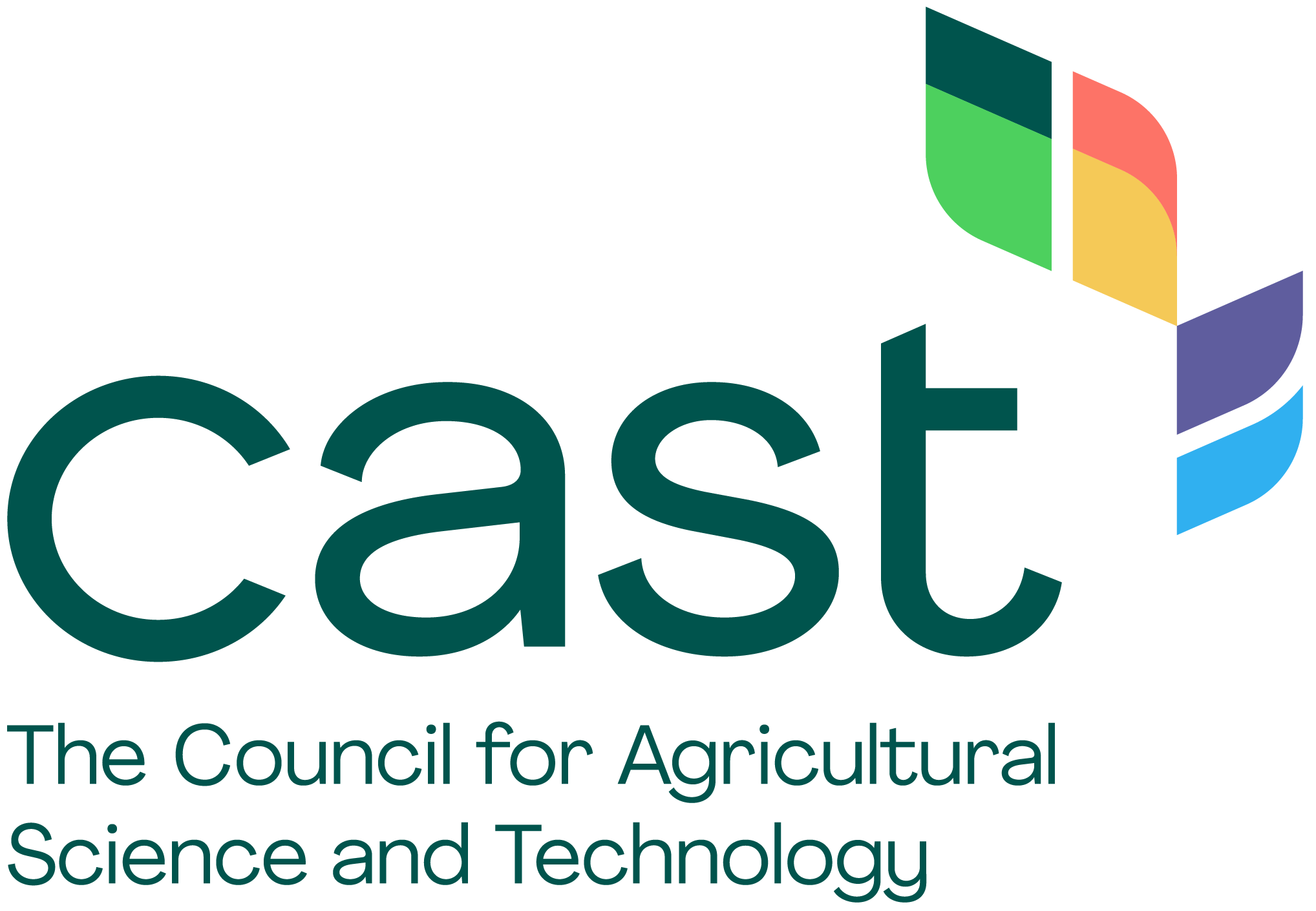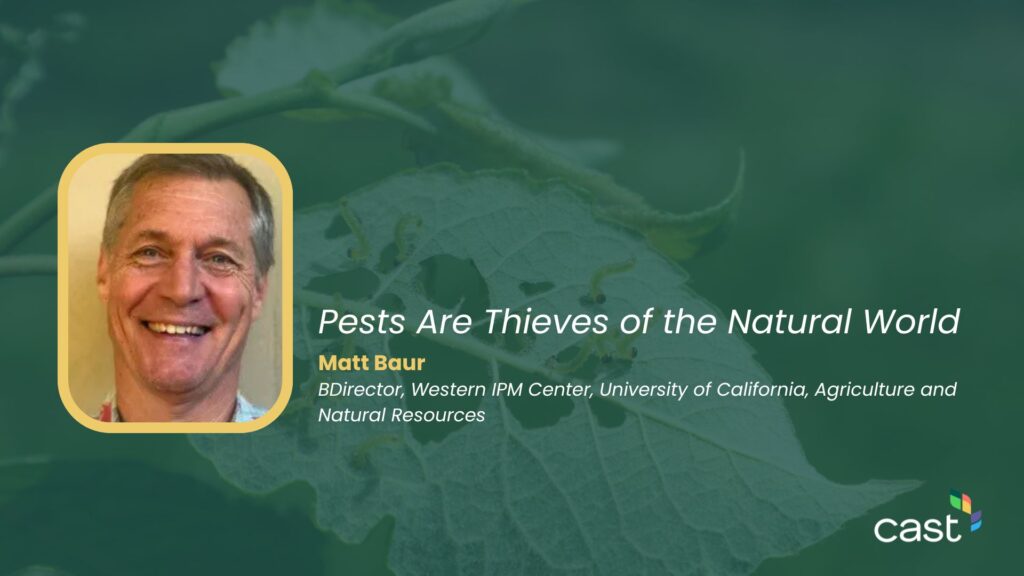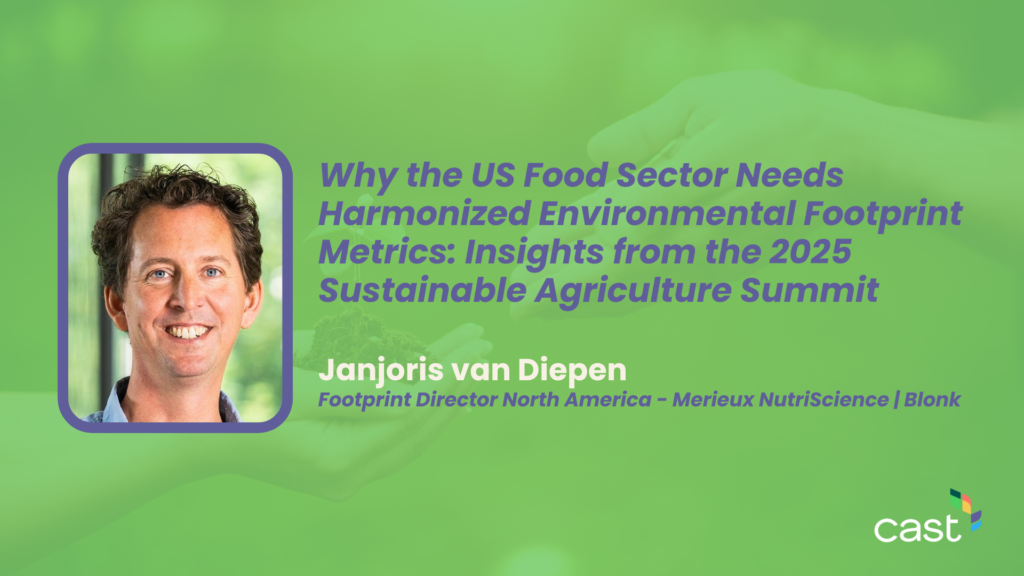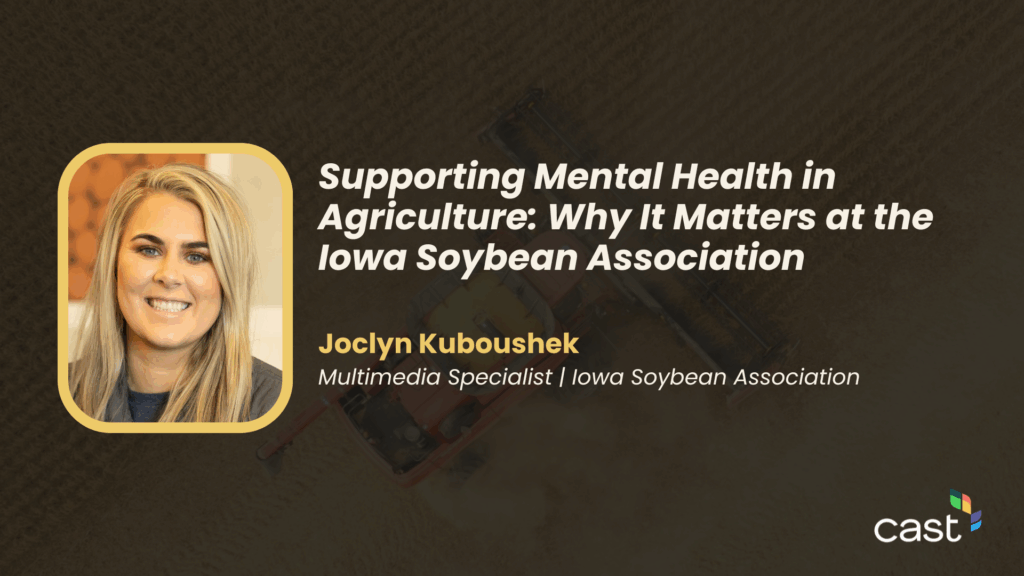By Matt Baur – Director, Western IPM Center, University of California, Agriculture and Natural Resources
The term pest defines the relationship between humans and certain biological organisms in nature (insects, plants, microbes, viruses, other mammals, etc). Organisms we normally think of as pests cost us time and money and often provide little in the way of benefit in return. When thinking about a similar relationship among humans, we might think of thieves that act in much the same way. Thieves cost us time and money and provide little or no benefit.
Pests are thieves of the natural world
In food production, the producers of plants and animals contend with pests that steal marketable product and increase the cost of production. And these costs are passed along to consumers in the form of higher prices at the grocery store. We can think of highly pathogenic avian influenza, or HPAI, as a thief that steals chickens and has drastically increased the price of eggs. To protect the financial well-being of both producer and consumer from these thieves of the natural world, we need an effective strategy.
Luckily, over the past six decades, we have identified effective ways to manage these thieves of the natural world using Integrated Pest Management or IPM. IPM identifies the most cost-effective ways to reduce theft while simultaneously reducing the potential impacts to human and environmental health. And IPM is not only applicable to food production. It is also the way to think about managing pests broadly across agricultural production, and wildland and urban areas.
In IPM we think about the costs and benefits associated with the problem and the solution. In some cases the problem is severe or acute and requires a heavy-handed approach that may have consequences for human or environmental health. In most cases, however, IPM prescribes a more measured and targeted approach with lower environmental and human health impacts. This is very similar to the way we treat human disease. We may use heavy-handed treatments like chemo- and radiation-therapy to treat serious disease such as late-stage cancer even though treatment is hard on the patient. But in most cases, we manage serious diseases using diagnostics, lower impact therapeutics, and targeted surgery to manage the problem in a way that has limited negative impact on the health of the patient. Multiple techniques and technologies used in concert to detect and treat problems early reduce the risk of a problem becoming serious.
IPM really is a sensible, safe and sustainable way to address pests, the thieves of the natural world.




